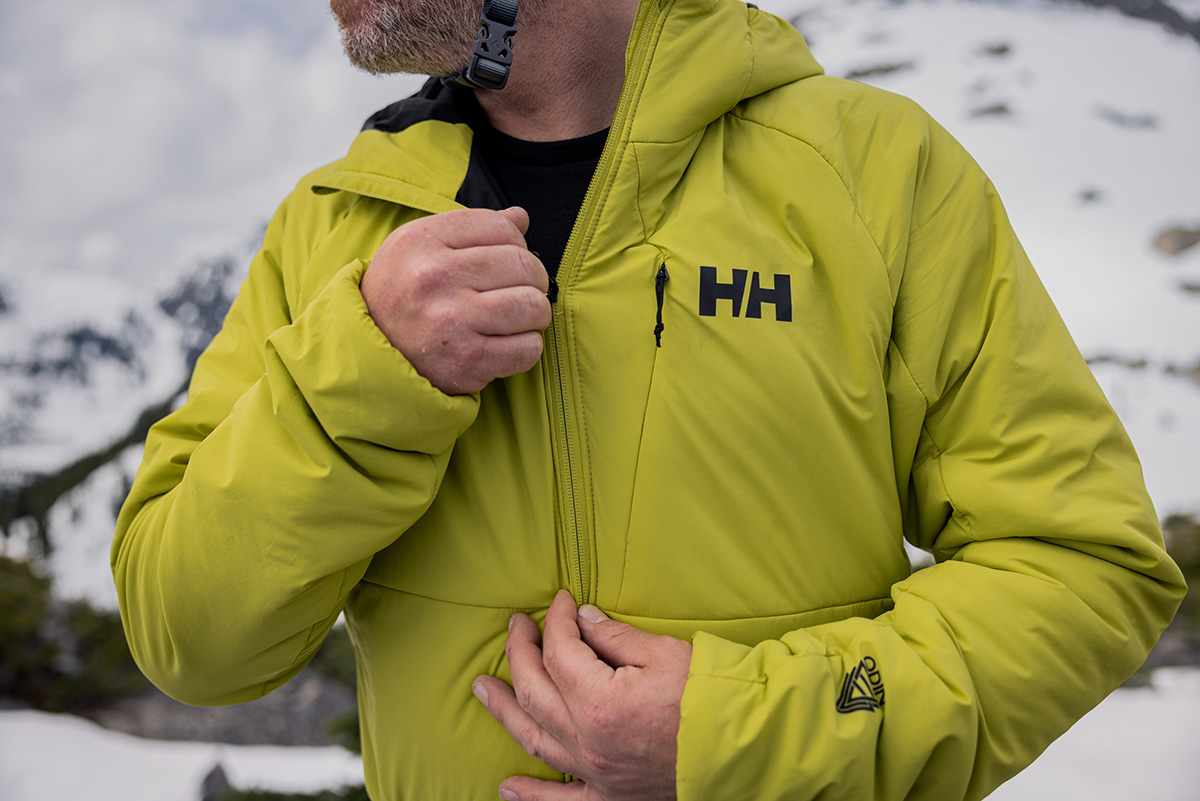Your cart is currently empty!
Clothing Guide for Snowshoing
Essential Winter Clothing Guide for Arctic Activities in Tromsø
While snowshoeing is accessible with basic winter clothing, we’ve created this comprehensive guide to help you maximize comfort and safety during your Arctic adventure. The Arctic winter in Tromsø brings unique challenges with rapidly shifting temperatures and unexpected weather changes. Being well-prepared allows you to fully enjoy your experience, regardless of the conditions you might encounter. This guide outlines recommended layers and accessories that will help optimize your outdoor experience in Northern Norwegian conditions.
FOUNDATION: THE THREE-LAYER PRINCIPLE
Success in Tromsø’s Arctic conditions relies on implementing an effective layering strategy. Each layer serves a specific purpose and should be composed of high-performance materials, particularly merino wool or advanced synthetics. Cotton garments should be strictly avoided as they retain moisture and can lead to dangerous cooling, especially during typical Tromsø winter temperatures.
PRIMARY LAYER (NEXT TO SKIN)
Your base layer management is crucial in the Arctic environment:
- Select merino wool or technical synthetic materials that excel in moisture management
- Consider garments with ventilation options such as front zippers
- Choose weight (lightweight/midweight) based on anticipated activity intensity and forecasted conditions
INSULATION LAYER
The middle layer provides crucial thermal regulation:
- Technical wool or advanced synthetic fleece materials offer optimal insulation properties
- Soft-shell garments provide excellent mobility while maintaining warmth
- Consider multiple thin layers rather than one thick layer for better temperature regulation
PROTECTIVE OUTER LAYER
Your shield against Tromsø’s elements:
- Select shells with advanced waterproof-breathable membranes
- Ensure adequate ventilation options for temperature regulation
- Consider reinforced areas for high-wear zones

FOOTWEAR REQUIREMENTS
Proper foot protection is fundamental for an enjoyable snowshoeing experience:
- Boot Selection: While our snowshoes accommodate most footwear types, we recommend insulated, waterproof winter boots with robust soles. Quality hiking boots with waterproof properties are also suitable
- Key Features: Look for boots with:
- Waterproof materials (rubber or treated leather)
- Substantial insulation for Arctic conditions
- Rigid soles for proper snowshoe binding support
- Adequate ankle support
- Sock Strategy:
- Choose wool or synthetic materials for moisture management
- Consider a thin liner sock with a thicker outer sock
- Pack spare socks for longer excursions
ESSENTIAL ACCESSORIES
Critical components for Arctic safety and comfort:
- Head Protection: Merino wool beanie or windproof hat with ear coverage, supplemented with a neck gaiter or balaclava for extreme conditions
- Hand Protection: Implement a two-layer system – insulating liner gloves paired with waterproof outer mittens or gloves
- Eye Protection: Category 4 glacier glasses or high-quality ski goggles for protection against intense Arctic light reflection
- Lower Leg Protection: Waterproof gaiters extending above boot height are crucial for deep snow conditions. We offer high-quality gaiters for rent – check availability and book here
ADDITIONAL CONSIDERATIONS
Environmental protection requirements in Tromsø:
- Apply high-factor sun protection to exposed skin – UV radiation is intensified by snow reflection, particularly during the return of the sun after the polar night
- Carry spare insulation layers and hand protection
- Consider foot temperature management with high-quality winter sports socks and adequately sized footwear